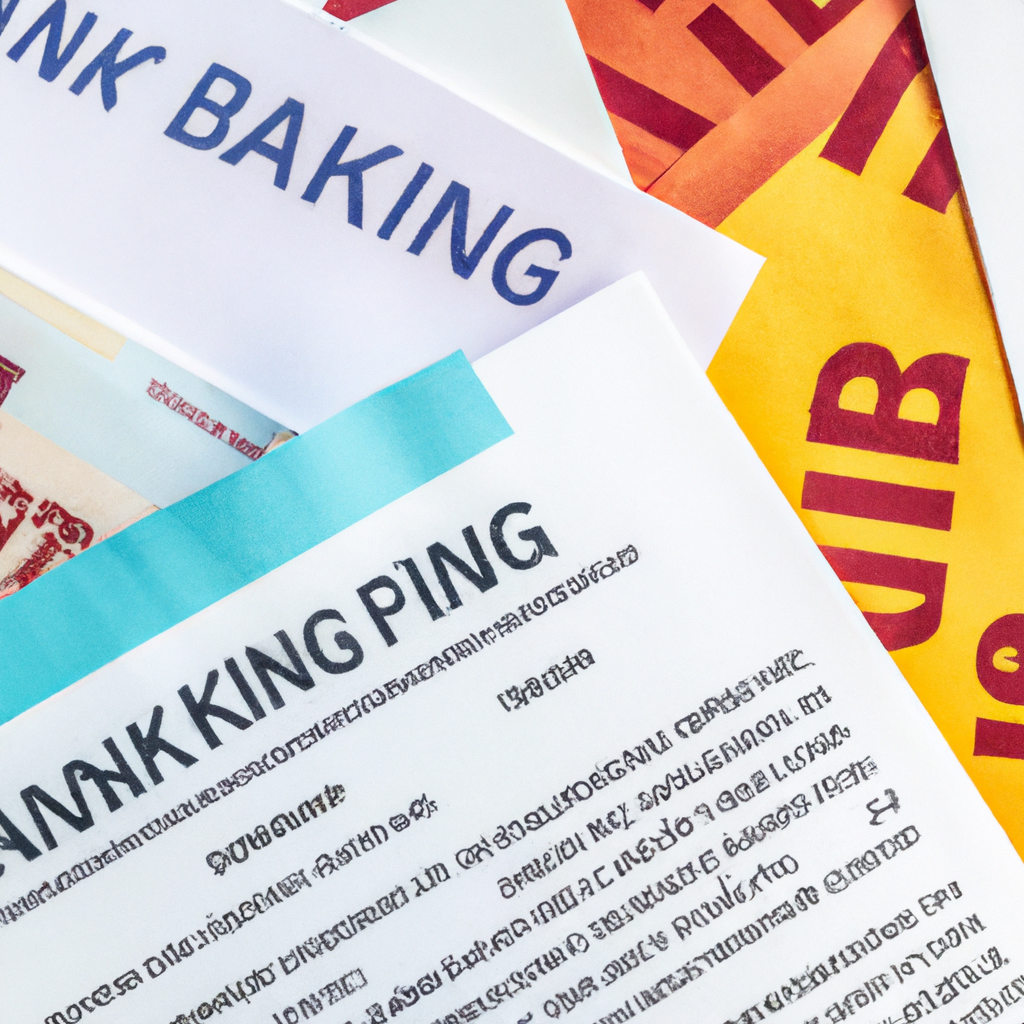Optimize Power BI Grouped Measure P&L for Efficient Visualization
Are you struggling to visualize your Power BI data efficiently? Do your DAX calculations take too long? Don’t worry, we’ve got you covered. In this article, we will explore some techniques to optimize your Power BI Grouped Measure P&L for efficient visualization. Whether you’re a beginner or a seasoned Power BI user, these tips will help you save time and improve the performance of your visualizations.
Understanding Power BI Grouped Measure P&L
Before we dive into optimization techniques, let’s quickly understand what Power BI Grouped Measure P&L is. Power BI is a business analytics tool by Microsoft that allows you to analyze data and share insights. Grouped Measure P&L, or Profit and Loss, is a financial statement that shows the revenues, costs, and expenses incurred during a specific period.
When working with Power BI Grouped Measure P&L, you might face challenges in terms of performance and visualization speed. This can be due to the complexity of your calculations and the volume of data. Let’s explore some strategies to optimize your P&L visualization.
Optimization Techniques for Power BI Grouped Measure P&L
1. Review and Simplify DAX Calculations: DAX (Data Analysis Expressions) is the formula language used in Power BI. Complex calculations can slow down your visualization. Review your DAX measures and eliminate unnecessary complexity. Simplify calculations by using variables and breaking down complex formulas into smaller steps.
2. Use Aggregation and Pre-calculated Columns: Aggregating your data can significantly improve visualization performance. Consider pre-calculating measures instead of calculating them on the fly. Power BI provides features like calculated tables and calculated columns that can help optimize your P&L visualization.
3. Utilize Query Folding: Query folding is a process where Power BI’s query engine pushes the data transformation steps back to the data source instead of applying them in Power BI. This can significantly improve performance by reducing the amount of data transferred. Ensure that your queries are folding properly to optimize your P&L visualization.
4. Implement Query Optimizations: Optimize your data source queries by using appropriate filters and aggregations. Avoid pulling unnecessary data into Power BI, as it can slow down your visualization. Review your query execution plans and identify any bottlenecks that can be optimized.
5. Leverage DirectQuery or Live Connection: If your data source supports it, consider using DirectQuery or Live Connection instead of importing data into Power BI. This allows you to run queries directly on your data source and reduces the need for data import and refresh. It can significantly improve visualization performance for large datasets.
FAQs About Power BI Grouped Measure P&L Optimization
Q: How can I identify slow-performing visuals in my Power BI report?
A: Power BI provides a Performance Analyzer tool that allows you to identify slow-performing visuals. You can access it by navigating to the “View” tab and selecting “Performance Analyzer” from the ribbon.
Q: What is the importance of indexing in optimizing Power BI Grouped Measure P&L?
A: Indexing plays a crucial role in optimizing query performance. Properly indexed tables can significantly improve the speed of data retrieval, which directly impacts the performance of your Power BI visualization.
Q: Can I optimize my Power BI Grouped Measure P&L without writing complex DAX calculations?
A: Yes, you can optimize your Power BI Grouped Measure P&L visualization without writing complex DAX calculations. By following best practices in data modeling, choosing appropriate visuals, and leveraging aggregation techniques, you can achieve efficient visualization without compromising simplicity.
Q: Can Power BI handle large datasets efficiently?
A: Yes, Power BI can handle large datasets efficiently. By following optimization techniques like aggregating data, using appropriate query folding, and utilizing DirectQuery or Live Connection, you can ensure optimal performance even with large amounts of data.
Conclusion
Efficient visualization of Power BI Grouped Measure P&L is crucial for making informed business decisions. By optimizing your DAX calculations, leveraging aggregation techniques, and using query optimizations, you can improve the performance of your visualizations. Additionally, considering DirectQuery or Live Connection and following best practices in data modeling can further enhance your Power BI experience.
For more information on Power BI and its visualization capabilities, visit visbanking.com. If you’re interested in pricing or requesting a demo, you can visit the respective links: Pricing or Request a Demo.






0 Comments